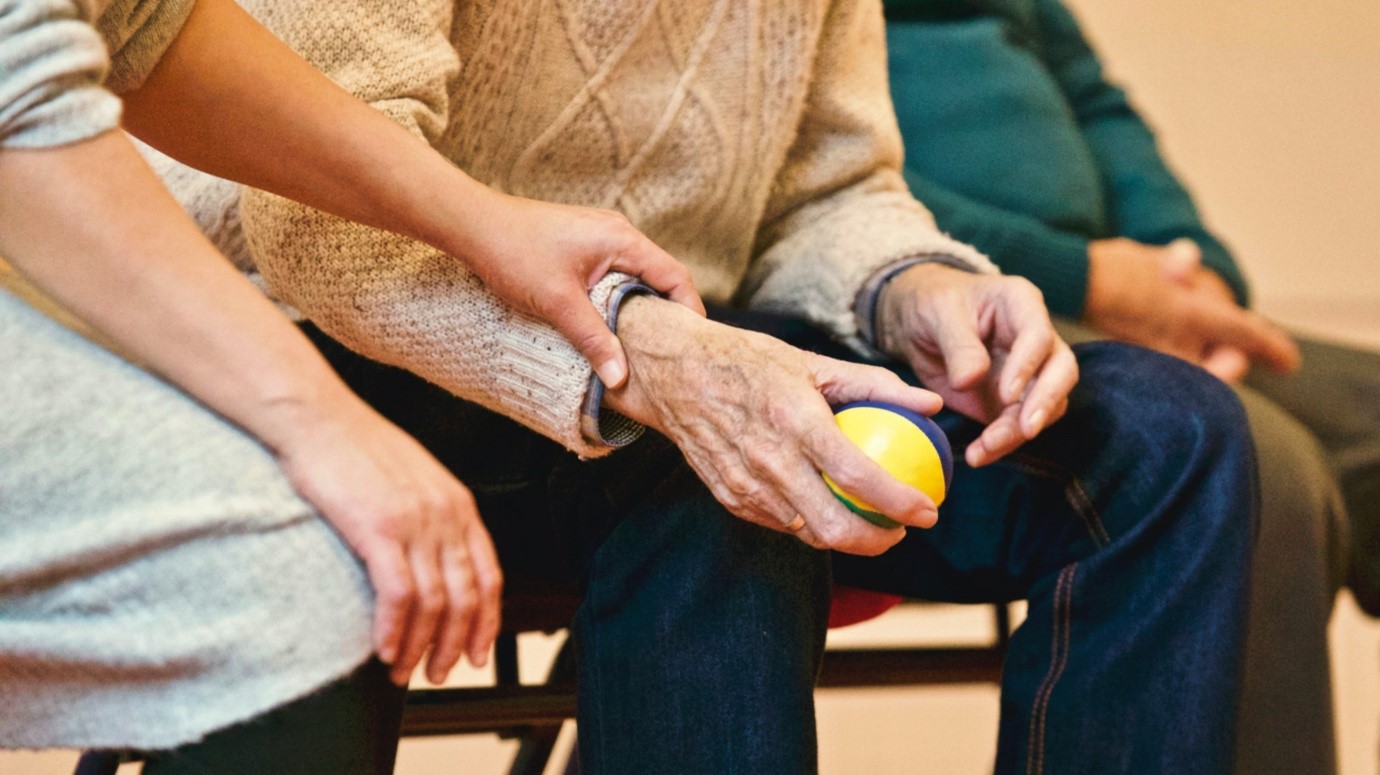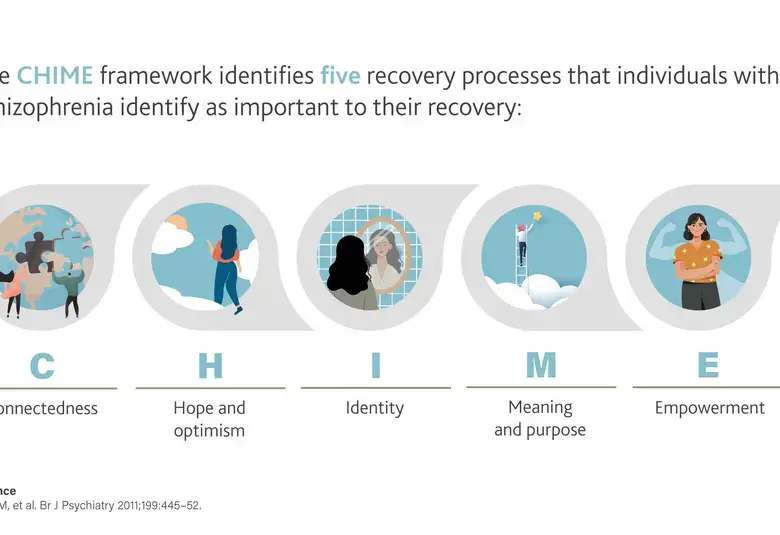Parkinson’s Disease (PD) first came into light in 1817 when the medical syndrome was described by James Parkinson. Earlier accounts detailing motor symptoms, such as tremors and postural imbalance, pointing to a possible PD have been present in texts as early as 1000 BC [1]. Later on, Jean-Martin Charcot also included in his description dysautonomia and pain that accompany PD. Damage to the substantia nigra as one of the main pathologic features of PD was eventually elucidated during the advent of cadaveric studies. Since then, PD has tickled curious minds and has been at the forefront of neurological research.
THE PD TODAY
PD, as we know it now, is far from the PD described centuries ago. Parkinson Disease is now classified as a type of Parkinsonism disorder – a term used to describe neurological diseases presenting with movement problems namely rigidity, slowness or bradykinesia and tremors [2]. It is regarded as the most common form of parkinsonism, followed by other less common forms seen in other neurodegenerative diseases such as multiple system atrophy and progressive supranuclear palsy. Crude prevalence of PD worldwide currently ranges from 118-240 cases per 100,000 in all ages [3]. Incidence rate also varies in different parts of the world – 6.7 - 8.3 per 100,000 in Asian studies while higher rates of 15.4-27.6 per 1000,000 in Western studies [3]. Both prevalence and incidence rates are expected to increase in the next few years owing to the advancements in diagnostics that allow us to catch PD during the early stages and to the developments in treatment that improves the condition of patients with PD as well as their quality of life.
THE BRAIN IN PD
Pathologically, PD is characterized by loss of nigrostriatal dopaminergic innervation classically seen in neurodegenerative processes [4]. As we age, the cells in the body become less efficient in processing and disposing unnecessary molecules such as proteins. This leads to formation of protein aggregates that can disrupt vital cellular processes. In the case of PD, alpha-synuclein protein aggregates form in the brain causing death in certain neurons leading to loss of dopaminergic innervation [2]. This neuronal death is evidenced by loss of the darkly pigmented area in the substantia nigra pars compacta (SNpc) and locus coeruleus in brain sections.
Neuropathological progression in PD is currently based on the model presented by the Braak Hypothesis [2]. In this model, PD is divided in different stages – disease starts in the medulla (stage 1) and olfactory bulb (stage 2) [5]. Both of these stages are associated with the development of non-motor symptoms such as the rapid eye movement sleep behavior disorder and decreased smell. Progression eventually ensues to include the SNpc (stage 3) and other midbrain and basal forebrain structures (stage 4) [5]. It is in the latter stages that we come to see the classic PD which presents with motor symptoms. Earlier papers have also said that once disease progression results in loss of approximately half of cells in the SNpc, motor signs and symptoms of Parkinson disease start to appear [2]. This late unmasking of motor symptoms is the reason why often times, clinical diagnosis is established in patients who are already relatively far advanced into the disease.
HOW DO WE DIAGNOSE?
Diagnosis of Parkinson disease is clinical and involves the identification of certain details in the patient’s history and findings in the neurological exam. At the very least, bradykinesia (slowness of movement) plus tremor or rigidity (increased muscle tone), all are features of parkinsonism, must be present and the dominant feature of all the symptoms [6]. Apart from this, supportive features enumerated by the Movement Disorder Society must also be present: (1) a clear and dramatic beneficial response to dopaminergic therapy, (2) presence of levodopa-induced dyskinesia, (3) resting tremors of the limbs and (4) presence of either olfactory loss or cardiac sympathetic denervation. Red flags or other signs pointing to a possible alternate diagnosis must also be absent in order to clinch the diagnosis of PD [6].
Despite the relative simplicity of the diagnostic criteria, diagnostic accuracy of PD for patients is still only at 80%, even after being seen by movement disorder specialists [7]. Factors such as less defined response to dopaminergic therapy and absence of the hallmarks of an alternate diagnosis, both seen in early stages of disease, contribute to the inaccuracy of the diagnosis [7]. It is in these instances that the use of ancillary tests prove to be beneficial. The striatal dopamine transporter imaging or DaTscan can reliably distinguish PD and other parkinsonian syndromes from essential tremors [2]. Conventional MRI may also still prove to be helpful in excluding structural abnormalities and in investigating individuals with findings suggestive of atypical parkinsonism. Cardiac sympathetic denervation seen on metaiodobenzylguanidine (MIBG, iobenguane I-123) scintigraphy is relatively sensitive and specific for distinguishing PD from other neurodegenerative causes of parkinsonism.
PHARMACOLOGICAL MANAGEMENT OF PD
The decision when to start therapy for PD lies on the degree of how symptoms interfere with daily activities. If the symptoms are significant enough to cause impairment in the quality of life, patient may be started on any of the following classes of drugs known to have antiparkinson activity – monoamine oxidase type B (MAO-B) inhibitors, Amantadine, dopamine agonists (Das) and Levodopa [8]. MAO-B inhibitors and Amantadine are primarily used in patients with mild symptoms while DAs on the other hand, by virtue of enhancing dopaminergic activity, have an intermediate potency for improving motor symptoms with the tradeoff resulting to a higher risk for hallucinations and somnolence. Levodopa currently is considered the most effective agent for control of motor symptoms especially for patients who are fairly advanced in the disease process [9].
WELFARE OF PD PATIENTS DURING THE COVID 19 PANDEMIC
The multidisciplinary approach to managing PD patients has been greatly affected due to the emergence of the world wide Covid 19 pandemic. Care of patients, especially for those who are in the advanced stages of disease, characterized by cognitive decline and significant motor symptoms, has been interrupted or delayed in many centers [10]. Examples of interruption in care was seen in the daily exercise routines, scheduled family visits, attendance in support groups and participation in community activities. Although the establishment of telemedicine portals has reopened the doors for continued doctor to patient communication, this still posed a lot of limitations such as the inability to assess motor symptoms or screen for non-motor symptoms and other associated comorbidities [10]. As the number of Covid 19 cases starts to decline, hopefully the medical community aims for the immediate resumption of holistic health services for our PD patients.
For the latest updates on sea.progress.im, subscribe to our Telegram Channel https://bit.ly/telePiM
Our correspondent’s highlights from the symposium are meant as a fair representation of the scientific content presented. The views and opinions expressed on this page do not necessarily reflect those of Lundbeck.




